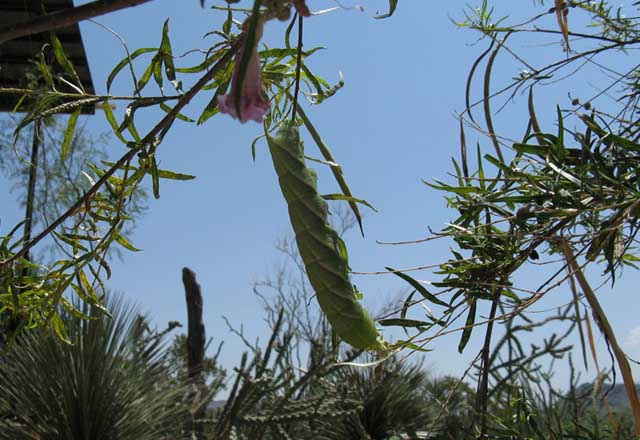
Manduca rustica, near Terlingua, Brewster County, Texas, July 30, 2008, courtesy of B. Wunderlich, the observer and photographer, via Phil Crosby, the submitter.
|
|
Created/dedicated as per personal communication with B. Wunderlich and Phil Crosby, July 2008 Updated as per James P. Tuttle's The Hawk Moths of North America, July 2008 Updated as per personal communication with Ole Breum (Proserpinus vega, Fort Davis, Ocotober 16, 2012); November 15, 2012 |

Manduca rustica, near Terlingua, Brewster County, Texas, July 30, 2008, courtesy of B. Wunderlich, the observer and photographer, via Phil Crosby, the submitter.
This page is inspired by and dedicated to
B. Wunderlich (photographer) and Phil Crosby of Brewster County who sent me the
Manduca rustica images, top and bottom of this page.
Phil writes, "Location: West Texas, Big Bend Area, Near Terlingua, zip 79852
Upland Chihuahua desert, elevation 3,000 feet
"Dominant area vegetation: creosote, ocotillo, mesquite. Also common: prickly pear, lechuguilla, yucca
"Local vegetation from natural springs, arroyos, and hand watering: desert willow, acacia, pinion (where planted)
"Occurrence: Locally found in late summer
"Other Notes: Dogs find them delicious.
"Thanks for any info. Iím just finding out about sphinx moths and how many there are!"
Many thanks to Ole Breum and his daughter Agnete who have provided images of the seldom seen larvae of Proserpinus vega.
Ole Breum of Denmark was very kind to send the following images taken by his daughter Agnete:
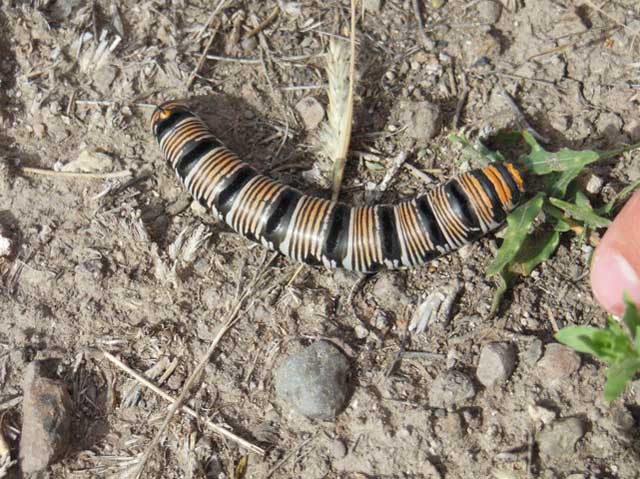
Proserpinus vega fifth instar, Fort Davis, Jeff Davis County, Texas,
October 16, 2012, courtesy of Agnete and Ole Breum.
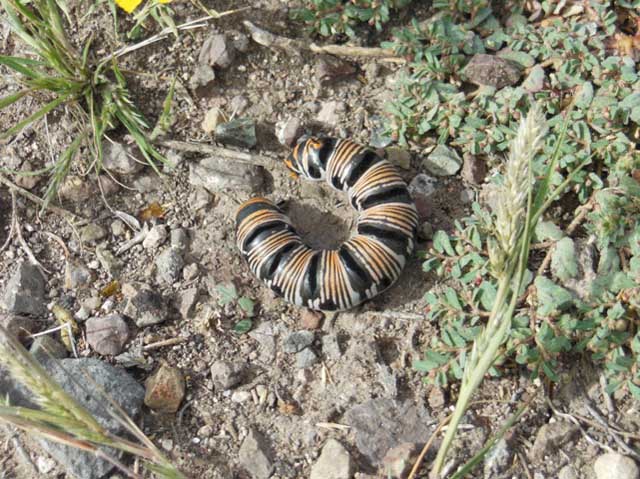
Proserpinus vega fifth instar, Fort Davis, Jeff Davis County, Texas,
October 16, 2012, courtesy of Agnete and Ole Breum.
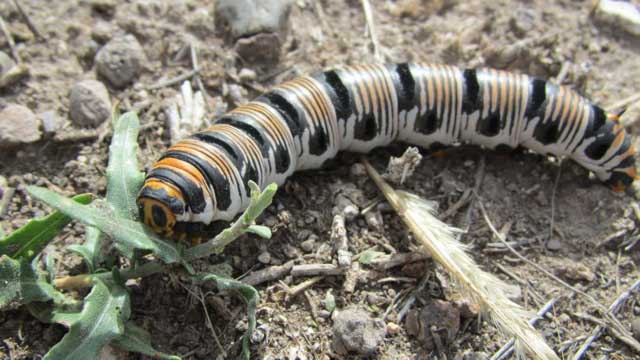
Proserpinus vega fifth instar, Fort Davis, Jeff Davis County, Texas,
October 16, 2012, courtesy of Agnete Moller Breum.
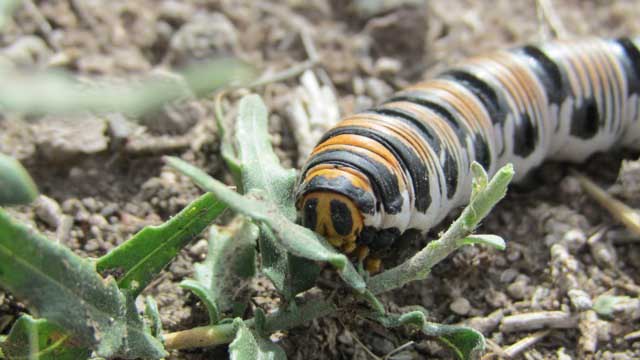
Proserpinus vega fifth instar, Fort Davis, Jeff Davis County, Texas,
October 16, 2012, courtesy of Agnete Moller Breum.
Seventy-five Sphingidae species are listed for Texas on the U.S.G.S. website. Not all of the species are reported or anticipated in the western region. It is hoped that this checklist, with the thumbnails and notes, will help you quickly identify the moths you are likely to encounter within the area bounded from Winkler County southeast to Terrell, west to Presidio, and northwest to El Paso County, east back to Winkler.
Please help me develop this list with improved, documented accuracy by sending sightings (species, date, location), preferably with an electronic image, via email to Bill Oehlke.
Sphinginae subfamily
Smerinthini Tribe:
Macroglossinae subfamilyDilophonotini tribe:
Philampelini tribe:
Macroglossini tribe:
|
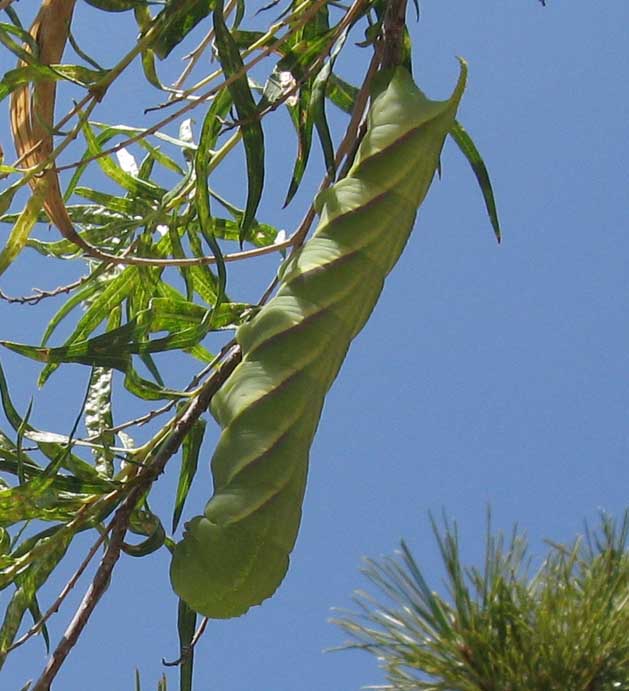
Manduca rustica,near Terlingua, Brewster County, Texas, July 30, 2008, courtesy of B. Wunderlich, the observer and photographer, via Phil Crosby, submitter
Enjoy some of nature's wonderments, giant silk moth cocoons. These cocoons are for sale winter and fall. Beautiful Saturniidae moths will emerge the following spring and summer. Read Actias luna rearing article. Additional online help available.
Eggs of many North American species are offered during the spring and summer. Occasionally summer Actias luna and summer Antheraea polyphemus cocoons are available. Shipping to US destinations is done from with in the US.
Use your browser "Back" button to return to the previous page.
This page is brought to you by Bill Oehlke and the WLSS. Pages are on space rented from Bizland. If you would like to become a "Patron of the Sphingidae Site", contact Bill.
Please send sightings/images to Bill. I will do my best to respond to requests for identification help.
 Show appreciation for this site by clicking on flashing butterfly to the left. The link will take you to a page with links to many insect sites. |